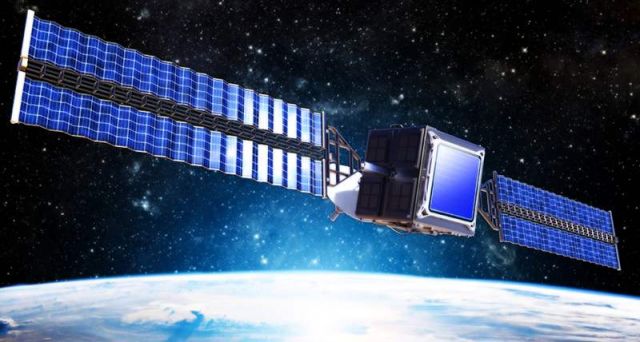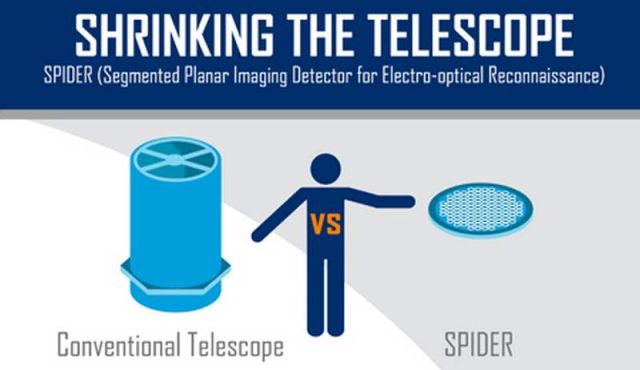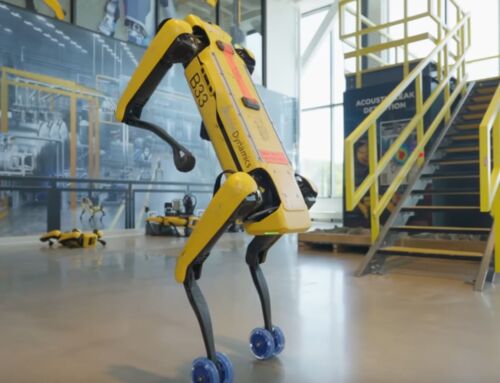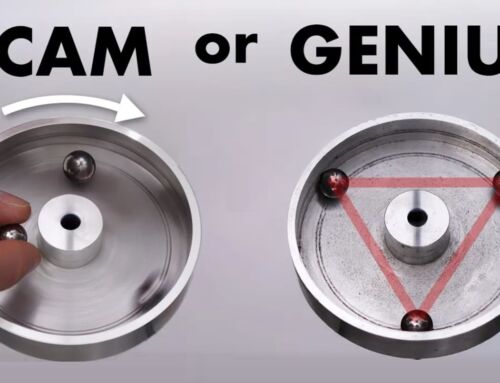Shrinking the Telescope: Lockheed Martin is working on new technology that reduces dramatically the size of telescope.
The new tech by Lockheed Martin called Segmented Planar Imaging Detector for Electro-optical Reconnaissance (or SPIDER), will eliminate all the bulk of traditional telescopes.
A thin, scalable array of tiny lenslets piece together visual information like a jigsaw puzzle. A science called interferometry.
Lighter instruments that are faster to build mean cheaper launches, multi-mission spacecraft and even benefits down here on Earth.
According to the company, SPIDER could reduce the size and weight of telescopes by 10 to 100 times.
In fact, even if you’re looking at the stars using only the light-sensitive cells in your eyes, the image-forming process works the same way. Both methods collect light from an object and then reflect that light to form an image. Just like observatories and science classrooms use telescopes to gaze up, satellites use telescopes, too. That’s how we get map images and weather forecasts, and you may recognize the most famous of these eyes in space, the incredible Hubble Space Telescope.
From space, the need for higher-resolution imaging to resolve far away objects requires bigger and bigger telescopes to the point where the size, weight and power of the telescope can completely dominate a system. Plus, it’s also really expensive to put big, heavy objects in space.
Danielle Wuchenich, senior research scientist at Lockheed Martin’s Advanced Technology Center in Palo Alto, California, said:
“We can only scale the size and weight of telescopes so much before it becomes impractical to launch them into orbit and beyond. Besides, the way our eye works is not the only way to process images from the world around us.”
source Lockheed Martin









Leave A Comment